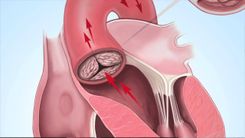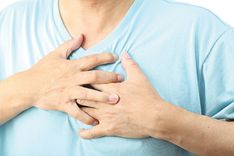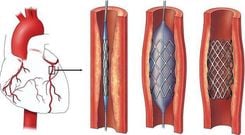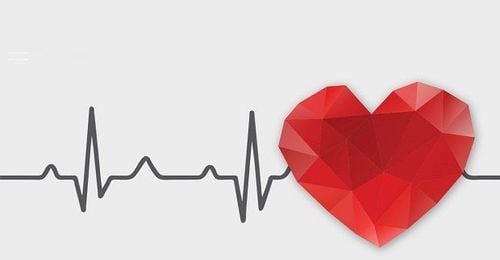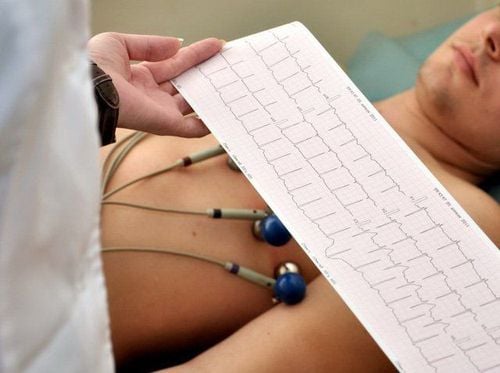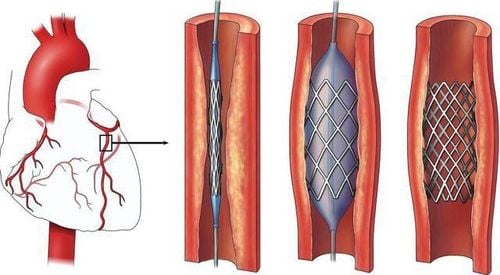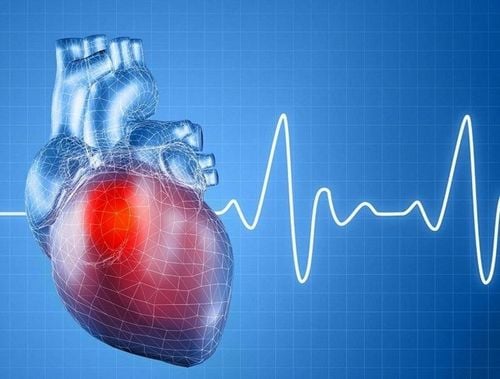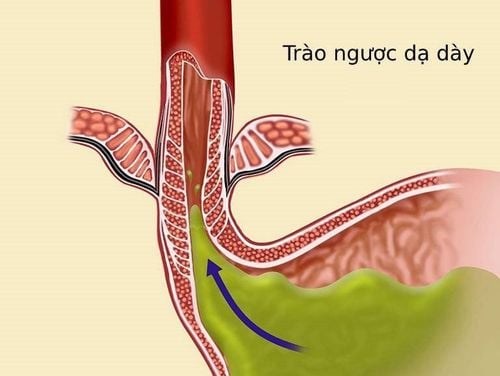Bradycardia is less common than tachycardia, but it carries significant risks, including the potential for fatal outcomes. Therefore, in addition to stabilizing heart rate with medication or pacemakers, the diet for people with bradycardia is also crucial.
1. What is Bradycardia?
In healthy individuals, the resting heart rate ranges from 60 to 100 beats per minute. A heart rate of less than 60 beats per minute is considered bradycardia.
However, a heart rate of 40-50 beats per minute is normal for some healthy individuals who regularly exercise and are athletes. This is because their hearts need fewer beats to pump enough blood to nourish the body. In other cases, a heart rate below 60 beats per minute is considered pathological bradycardia due to issues with the heart's electrical system.
2. The Dangers of Bradycardia
Bradycardia reduces the amount of blood the heart pumps to nourish the body, affecting the patient's quality of life. It often causes fatigue, chest pain, frequent dizziness, and even fainting. Without stabilization, it can lead to heart failure. In severe cases, extremely slow heart rates can cause cardiac arrest, threatening the patient's life. Therefore, in most cases of severe bradycardia, doctors will recommend surgical intervention to implant a pacemaker.
3. The Importance of Diet for People with Bradycardia
Heart rhythm disorders, in general, are conditions where the heart beats too fast or too slow, irregularly, or skips a beat due to nervous system disorders, myocardial ischemia, post-myocardial infarction arrhythmias, valvular heart disease, or other conditions related to the thyroid gland, chronic obstructive pulmonary disease, electrolyte imbalances, stress, insomnia, allergies, etc.
What to eat to reduce heart rate is a common question for patients with tachycardia. However, patients with bradycardia need to explore completely different types of food. Building a scientific diet for people with bradycardia will greatly help patients in protecting their health.
There are many methods to improve heart rhythm disorders, but not all cases require medication. Some patients only need to change their lifestyle and diet, which is a very effective way to stabilize heart rate, especially for those with mild arrhythmias.
For patients with more severe arrhythmias, treatment with medication or intervention is mandatory, along with combining a scientific lifestyle to effectively control heart rate.

4. Diet for People with Bradycardia
Patients with bradycardia should build a suitable diet by incorporating the following types of foods:
4.1. Foods Rich in Minerals
Minerals such as magnesium, sodium, calcium, and potassium are essential for the body, especially for the normal functioning of the heart. A deficiency in these minerals can lead to arrhythmias. Magnesium plays a particularly important role in stabilizing nerve signal transmission and heart muscle contraction, helping the heart beat normally. Therefore, patients with bradycardia should ensure adequate mineral intake through foods like beans (soybeans, black beans), nuts, low-fat dairy, whole grains, spinach, bananas, low-fat milk, and green leafy vegetables.
4.2. Foods Rich in Omega-3 Fatty Acids
Omega-3 is a beneficial fatty acid for cardiovascular health, found in foods like walnuts, vegetable oils, and seafood. Research shows that omega-3 fatty acids can affect heart muscle contraction and stabilize heart rate. Fatty fish such as salmon, mackerel, sardines, herring, and other white fish are excellent sources of EPA and DHA, two important omega-3 fatty acids. According to the American Heart Association, we should eat at least two servings of fish per week for a healthy heart.
4.3. Foods High in Fiber and Low in Fat
Research published in the International Journal of Cardiology indicates that high blood triglyceride levels are a cause of arrhythmias and increase the risk of cardiovascular diseases. Conversely, a daily diet rich in fiber is beneficial for digestive health and cardiovascular health by maintaining stable blood triglyceride levels. Foods like beans, oats, brown rice, fresh fruits, and vegetables are rich in fiber and contain very little triglyceride fat.
4.4. Foods that Protect Blood Vessels
High blood pressure can damage blood vessels, and the condition worsens when combined with high blood cholesterol levels. Over time, atherosclerosis causes blood vessels, especially arteries, to narrow, harden, and can affect heart rhythm through various mechanisms. Therefore, the diet for people with bradycardia should include foods that protect blood vessels, such as green vegetables, fresh fruits, and white meats.
4.5. Foods to Avoid
The diet for people with bradycardia should limit the following foods:
- Foods containing stimulants like alcohol, beer, coffee, chocolate, tea, and cocoa.
- Cold or spicy foods.
- Foods high in fat or prepared by frying.
- Foods high in salt.
- Sweets and cakes.
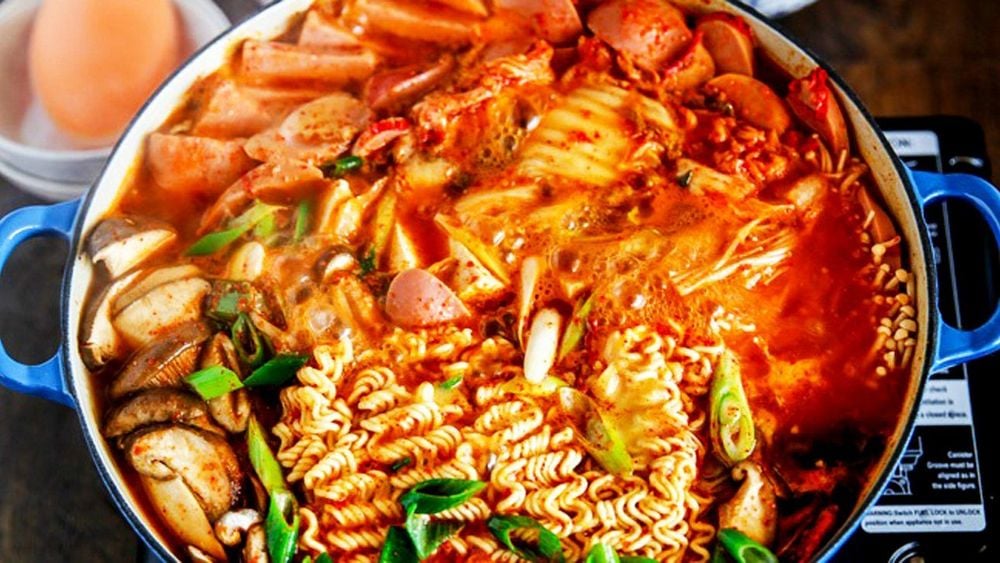
5. Lifestyle Changes for Patients with Bradycardia
In addition to heart conditions, bradycardia can be influenced by diet and exercise. Therefore, a healthy lifestyle can significantly improve bradycardia:
- Patients with bradycardia should avoid strenuous activities and engage in gentle, moderate exercises like walking, which are better for cardiovascular health.
- Lose weight if overweight.
- Limit stimulants like alcohol, smoking, and coffee.
Properly treat existing cardiovascular diseases or other conditions affecting the heart, such as hypothyroidism. - Patients with frequent fainting or symptoms like chest pain, shortness of breath, or sweating should seek immediate medical attention.
Bradycardia and cardiovascular diseases, in general, are always a concern for society. Cardiovascular patients must always be vigilant and not ignore abnormal signs, as they can have extremely dangerous consequences. Building a suitable heart rate stabilization method is essential to prevent cardiovascular risks and live a healthier life.
To arrange an appointment, please call HOTLINE or make your reservation directly HERE. You may also download the MyVinmec app to schedule appointments faster and manage your reservations more conveniently.
